This volume is devoted to the art, history and literature; inscriptions, statues and thought; mandalas, epics and legends of classical Indonesia, out of her long silence and magnificent resilience, that have triumphed over time. The energy of her culture is prompted by dynamic imagination. Its evidence is written on her rocks, her palmleaves, her bronzes, in eternal sculptures, on constellations of architecture, and in live wayang wong performances. The pure landscapes of her soul dream in the ensuing under notes to awakening tones. The very first topic, Sanskrit studies in Indonesia, deals with Krtabhasa genre, which are fragments of Sanskrit works, but of significance in preserving versions more ancient than the available texts. They shed light on the origins of the prose and poesy of classical Indonesia. The second paper on the contacts of Abhayagiri of Srilanka with Indonesia shows the role of Srilanka in the spread of Vajrayana. The Tantric texts translated into Chinese by Amoghavajra were also procured from Srilanka. The next there papers detail the manifestations of the Vajradhatu-mandala in the very architecture of the Sevu and Borobudur temples, Pavon as a sanctuary of homa rites, the Mendut as the architectural expression of the Garbhadhatu-mandala. The bronzes from Nanjuk and Surocolo pertain to the mandalas of Vajradhatu, Vajrasattva and 16-armed Hevajra. The article of N.J. Krom on the Nanjuk hoard has been translated from Dutch into English and appended for its detailed descriptions. Mantrayana had Vairocana in the Garbhadhatu and Vajradhatu-mandalas, and Vajrasattva is the main deity of the Nayasutra which is recited thrice a day in Japan. As a scripture of daily recitation, its mandala is crucial. The paper points out the centrality of Vajrasattva which had eluded earlier scholars and identifies the bronzes of his mandala. The remaining statuettes of Surocolo are from the 17-deity mandala of Hevajra. The Jaka Dolog inscription of King Krtanagara has been re-interpreted, and the related passages of the Nagarakrtagama are translated afresh. The image of Siva in Candi Jajava as described in the Nagarakrtagama had an Aksobhya in the crown; it prompts a new rendering of the verses of the chronicle. The goddesses at Chandi Plaosan Lor have led to the exploration of the extant dharani-mandala at Alchi. The copperplate inscription of Hariti has been translated anew in its functional context. Recently we have discovered this dharani in Japan written in the Siddham script as well as transcribed into Chinese characters by Amoghavajra. The eternal Yogisvara is a perceptive peep into the landscape of his spirit. Notes on Kunjarakarna bring to light the evolution of Rocana into Vairocana and thence into Mahavairocana, the prominence of Pratisara among the five protective goddesses and the meaning of vihara as a philosophical term. Nyai Lara Kidul, the goddess of the southern seas, still venerated by the Sultans of Yogyakarta, symbolises and sustains the state. The Sailendras of Java re-examines the Ligor Stele, and leads to the conclusion that Srivijaya and Sailendras were separate political entities. Bima Bunkus is a lakon story in Kawi muda in Javanese metres. Illustrations of Balinese mudras, sketched for my father Prof. Raghu Vira in 1951 by two artists in Bali, have been reproduced for a correct comprehension of ritual. The San Hyan Kamahayanikan has been translated and annotated extensively. It is a compendium of initiation rites and philosophical thought. It is explicitly structured in four stages of mahamarga, paramamarga, mahaguhya, and paramaguhya. The SHK has been analysed and interpreted in the light of Chinese and Tibetan texts, which give the whole a coherence of thought and incisiveness of life. The translation of the OJ text is not literal, but a general rendering.
Cultural Horizons of India (Volume 4)
In stock
Free & Quick Delivery Worldwide
reviews
Bibliographic information
Title
Cultural Horizons of India (Volume 4)
Author
Edition
1st ed.
Publisher
ISBN
818568944X
Length
464p., Plates; Illustrations; Index; 30cm.
Subjects

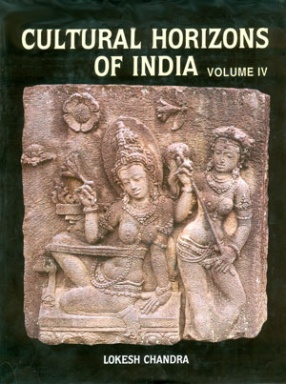
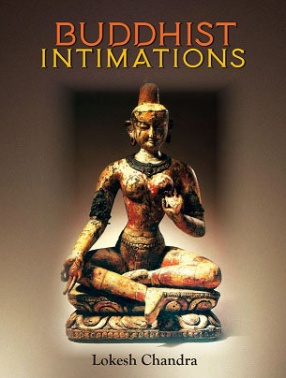
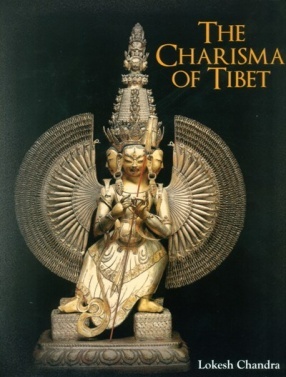
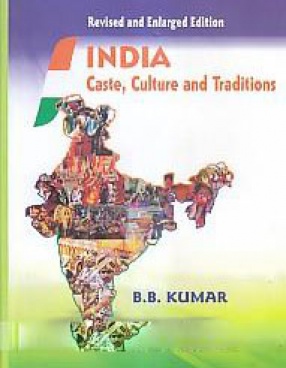
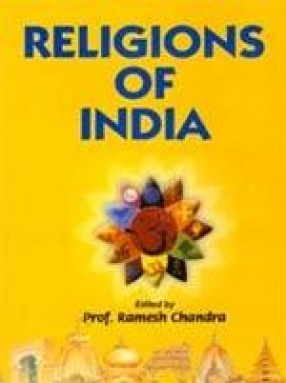

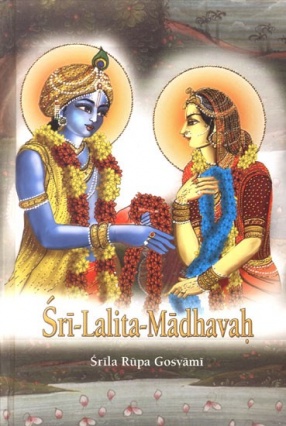
There are no reviews yet.